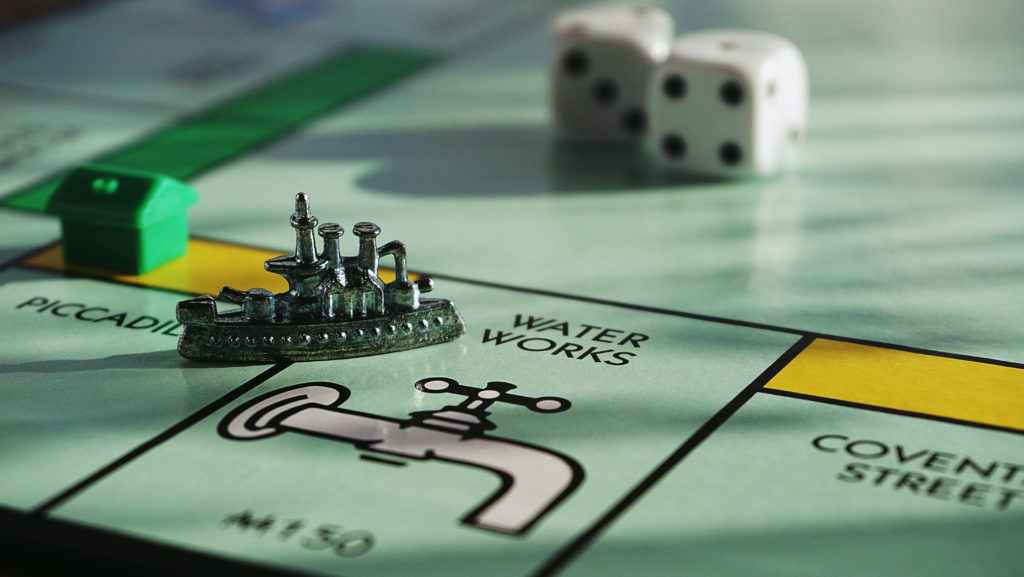Finding answers to your company’s challenges can often be an imprecise and labour-intensive process. Deciding on the best decision-making process can be challenging and stressful. This often leads to you being more confused than when you first started. This is where action learning comes in.
Many techniques or theories claim to produce a miracle cure for your company. It may include giving the management and organizational techniques that increase productivity in your workplace.
In today’s market, it is more important than ever that businesses are able to outmanoeuvre and learn smarter than their competitors. In this way, they can be at the forefront of innovation, rather than lagging behind.
What makes Action Learning stand out, is that it is one of the few to take the initiative of empowering your workers. In other words, it encourages them to work collaboratively to produce the best results. Consequently, massively improving your decision-making process.
This provides a twofold solution to your problems. Firstly, it will upskill and engage your employees so they become better at addressing decision making at your company. Secondly, it streamlines your decision-making process allowing you to save time on future problem-solving activities at your company.
For HR Managers and Talent Managers, utilizing action learning provides an ideal competitive advantage. In fact, it helps to maximize the potential of your employees and increase their engagement with your working processes.
To remain relevant in the rapidly changing economic environment, your company needs to teach its employees the ‘skills of tomorrow’. These skills include digitalisation and sustainability which are crucial for your company.
This article will go through the processes of Action Learning. Among others, it will describe how your company can use Action Learning. In addition to that, it will show you how 2030 Builders incorporates its ideas into our program.

Professor Reginald Revans pioneered the notion of Action Learning as a tool for management and organisational development. Its purpose contains exactly what the term implies.
“There can be no learning without action, and no action that is well thought out can occur without there being significant learning taking place.” – contends Reginald Revans
On the surface, it is a simple and easily summarized process. It is based upon the premise that people learn best when they focus on a problem together.
Revans believed that the effectiveness of the collective thinking process may help to problem-solve and deal with issues quickly and effectively.
Action Learning breaks from the traditional concept of learning. This process includes an expert instructing those interested in the information and those who attempt to copy that process. On the contrary, Action Learning brings together “comrades in adversity” to learn from each other’s failures and victories.
By focusing on the problem together people learn to collaborate and share their prior knowledge. They progress by asking good questions based upon what capacities and responsibilities others bring to the table.
In other words, the Action Learning equation can be written as L = P + Q. In this, L represents the output of learning, P represents the prior knowledge of the employees, and Q is the insightful questioning. Consequently, the Action Learning process relies on the bringing together of these two utilities and resources, to produce successful learning.

Action Learning typically consists of these 4 crucial components:
The abovementioned components capture the 4 essential parts of the Action Learning process. Participants need to keep them in mind throughout the activity.
To begin an Action Learning process, one must establish the action set. This should comprise a group of 4-6 people who will meet regularly to discuss and resolve the issues. The exploring group must set clearly established objectives in order to make the solutions to be effective at the outset. This can include the presentation of the problems that the group believes need to be resolved. Additionally, the emphasis should be on open-ended questions that promote reflection, encourage discussion, and enhances creative thinking.
Based on this principle, 2030 Builders offers a collaborative feature that creates interactive sessions among colleagues, allowing for the dissemination of information and collaboration on sustainability topics.
The process should start with establishing problems and issues for the group to address. After that, the group needs to determine the goals or endpoints.
Once the goals have been established, the action set team can begin working on the action strategies. The strategies developed through reflective inquiry and dialogue between the members of the team. Similarly to all the stages and processes of Action Learning.
During this stage, there should be an atmosphere of positive inquiry and suggestions. Thanks to that, none of the important information gets lost in the discussions.
Between the learning sessions, the group members collect information and implement the strategies that have been developed throughout the process. This cycle is repeated as long as the Action set believes that there are problems that still need resolving.

At 2030 Builders, we agree with Revin that, in order to be meaningful and productive, learning needs to combine with action. That is why throughout our program we incorporate gamification to increase user involvement.
Our program and courses create a positive environment that combines co-creation and gamification. This serves to keep people engaged in developing solutions to their sustainability problems for their businesses, communities, and society.
Using gamification is done with the human brain and how it reacts to stimuli in the mind. Games work as a powerful learning tool due to the release of dopamine when one achieves a positive result. By rewarding learning through gaming, individuals receive small boosts of motivation throughout the process, encouraging them to keep going.
Immersive technologies present exciting new opportunities to create more active learning experiences. In this way, there is more action and users feel more engaged in their participation.
Moving away from the traditional learning paradigm gives 2030 Builders the edge in presenting new experiences for our clients. Thus, our process is fully customizable to suit your company, allowing you to work together on producing solutions to your departmental challenges. As our problem-solving strategies and thought processes are unique, our actions to coming to successful solutions need to be likewise.
If you would like to incorporate new learning approaches into your sustainability processes you can follow this link to book a demo. We would be more than happy to show you how our platform can work for you.
You have successfully joined our subscriber list.